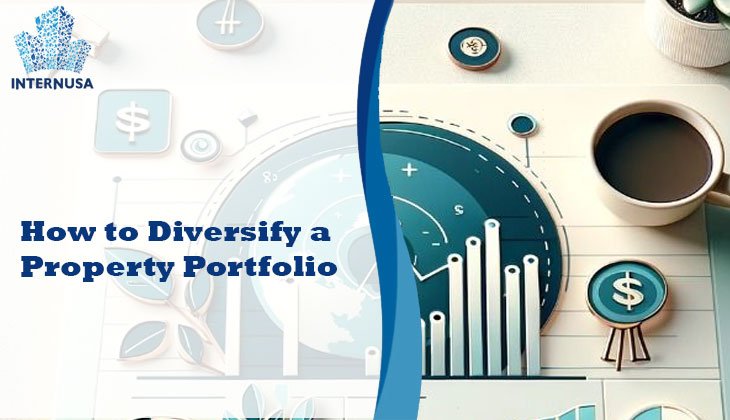Sustainable Architecture and Property Investment
As global attention turns toward climate change and environmental responsibility, the real estate industry is evolving to meet new expectations. At the heart of this transformation lies sustainable architecture—a design philosophy that minimizes environmental impact while maximizing long-term value. For property investors, this shift isn’t just about ethics; it’s also about smart investment strategy.
In this article, we’ll explore the concept of sustainable architecture, how it intersects with property investment, and why integrating green principles into real estate is not only environmentally responsible—but also economically rewarding.
What Is Sustainable Architecture?
Sustainable architecture refers to the design and construction of buildings that prioritize environmental responsibility and resource efficiency throughout their life cycle. This includes everything from site planning and materials selection to energy systems and waste management.
Key principles include:
-
Energy efficiency (e.g., solar power, natural ventilation)
-
Water conservation (e.g., rainwater harvesting, greywater systems)
-
Use of sustainable materials (e.g., bamboo, reclaimed wood)
-
Minimal environmental footprint
-
Healthy indoor environments (e.g., non-toxic finishes, natural lighting)
By addressing these elements, sustainable architecture aims to create structures that are functional, beautiful, and aligned with ecological goals.
The Growing Importance of Sustainability in Property Investment
Real estate has traditionally been a stable and lucrative investment. However, as climate regulations tighten and consumer preferences evolve, the demand for eco-friendly buildings is rapidly increasing.
1. Regulatory Pressure
Governments around the world are implementing stricter building codes, emission standards, and energy use limits. Investors in non-compliant properties may face increased costs for retrofitting or risk decreased marketability.
2. Market Demand
Buyers and tenants—especially millennials and Gen Z—are more inclined to choose properties that reflect their values. Green-certified homes and offices are becoming status symbols of both environmental awareness and innovation.
3. Operational Cost Savings
Energy-efficient buildings reduce utility bills and maintenance costs over time. This boosts net operating income (NOI)—a key metric in real estate profitability.
4. Higher Asset Value
Sustainable properties often attract higher valuations and resale prices due to their future-proof design and lower risk profile.
5. Incentives and Tax Breaks
Many governments offer financial incentives for green building, including tax credits, reduced interest loans, and expedited permits.
Features of a Sustainable Property Investment
Investors looking to enter the green building space should understand what features truly define a sustainable property:
✅ Green Building Certifications
Properties certified under systems like LEED (Leadership in Energy and Environmental Design), BREEAM, or EDGE are widely recognized as sustainable and high-performing.
✅ Smart Technologies
Smart HVAC systems, lighting controls, and energy monitoring tools contribute to energy efficiency while offering convenience and control for occupants.
✅ Renewable Energy Integration
Solar panels, wind turbines, and geothermal systems reduce reliance on traditional energy sources and help hedge against energy price fluctuations.
✅ Location Efficiency
Proximity to public transportation, walkable communities, and local services reduces car dependency and carbon emissions.
✅ Waste Reduction Systems
Effective recycling systems, composting, and construction waste management help reduce a property’s overall environmental impact.
How to Invest in Sustainable Properties
1. Buy Green-Certified Real Estate
Look for properties with official green certifications. These often come with verified performance metrics and lower environmental risks.
2. Develop Green Buildings
Partner with architects and contractors who specialize in sustainable construction. From design to build, ensure all phases follow eco-principles.
3. Retrofit Existing Properties
You don’t have to start from scratch. Retrofitting older buildings with insulation, LED lighting, solar panels, or low-flow fixtures can significantly improve sustainability and value.
4. Invest in REITs with a Green Focus
If you’re not ready to buy physical properties, consider Green REITs (Real Estate Investment Trusts) that focus on sustainable assets.
5. Stay Informed on Policy Changes
Keep up with local and global legislation related to green building. Early adopters of new compliance standards often gain a competitive advantage.
Risks to Consider
While sustainable real estate is a rising trend, it’s important to manage potential risks:
-
High upfront costs for sustainable materials or technologies
-
Limited availability of green-certified professionals in some regions
-
Technological obsolescence as newer innovations may outdate current systems
-
Longer ROI timelines for retrofits or sustainable developments
Still, the long-term benefits—including higher tenant satisfaction and government support—often outweigh these challenges.
Case Study: A Green Building Success Story
One standout example is The Edge in Amsterdam—often dubbed the greenest building in the world. It features:
-
28,000 sensors for optimized energy and lighting
-
Rainwater collection systems for toilet use
-
Solar panels that generate more energy than the building consumes
The result? A BREEAM score of 98.4% and a waiting list of companies wanting office space there. For investors, this project proves that sustainable architecture can deliver both prestige and profitability.
Sustainable architecture and property investment go hand in hand as we move into a future that demands ecological responsibility and smarter urban growth. Investors who embrace this evolution will not only contribute to a healthier planet but also secure long-term financial success.
Whether you’re a first-time property investor or a seasoned real estate developer, incorporating sustainability into your strategy is no longer optional—it’s essential. Build green. Invest smart. Create a legacy that lasts.






